The Original Highlighted Paper (TM)
BrightLines Paper is The Original Highlighted Paper (TM) that is the simple solution to improve writing skills. Since BrightLines Paper is simplified visually, the individual is able to form letters correctly with adequate space between words.
The lower half of the writing area has been emphasized with yellow or blue color and indicates where the lower case letters should be placed. The solid lines have been separated to help the individual locate the writing area. The writing line is capped at the beginning and the end to signify where to start and stop writing.
The raised line paper features only the bottom line embossed. The writer then has a tactile cue for better letter placement. The spiral bound notebooks are the newest styles. The cover on the notebook looks traditional, while the BrightLines Paper is inside.
What styles are available?
-

Wide Spacing
ShopWide spaced paper is perfect for children learning to write. It is generally used for children in PreK to Second Grade.
-

Standard Spacing
ShopStandard spaced paper is the "normal" spacing for children perfecting handwriting, and who may be starting to learn cursive.
-
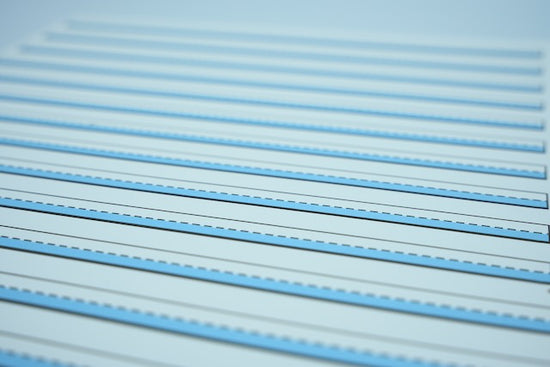
Narrow Spacing
ShopNarrow spacing is the most challenging of our paper, designed for those in Fifth Grade through Middle School.
-
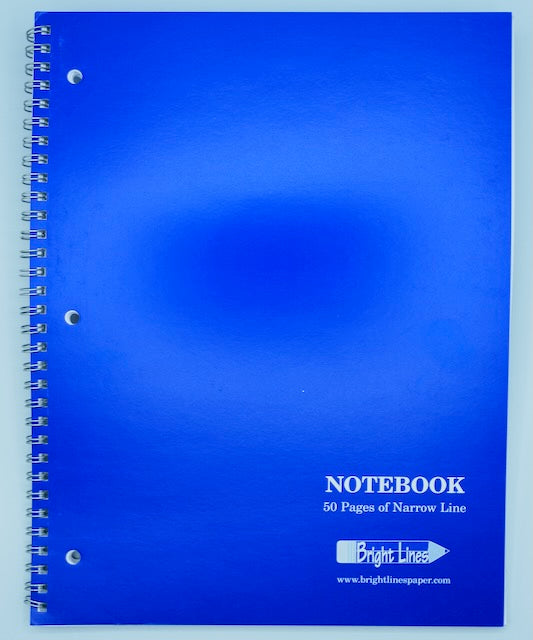
Spiral Notebooks
ShopSpiral Notebooks are available in both standard and narrow spacing and have been designed for those who are in Fifth Grade through High School.

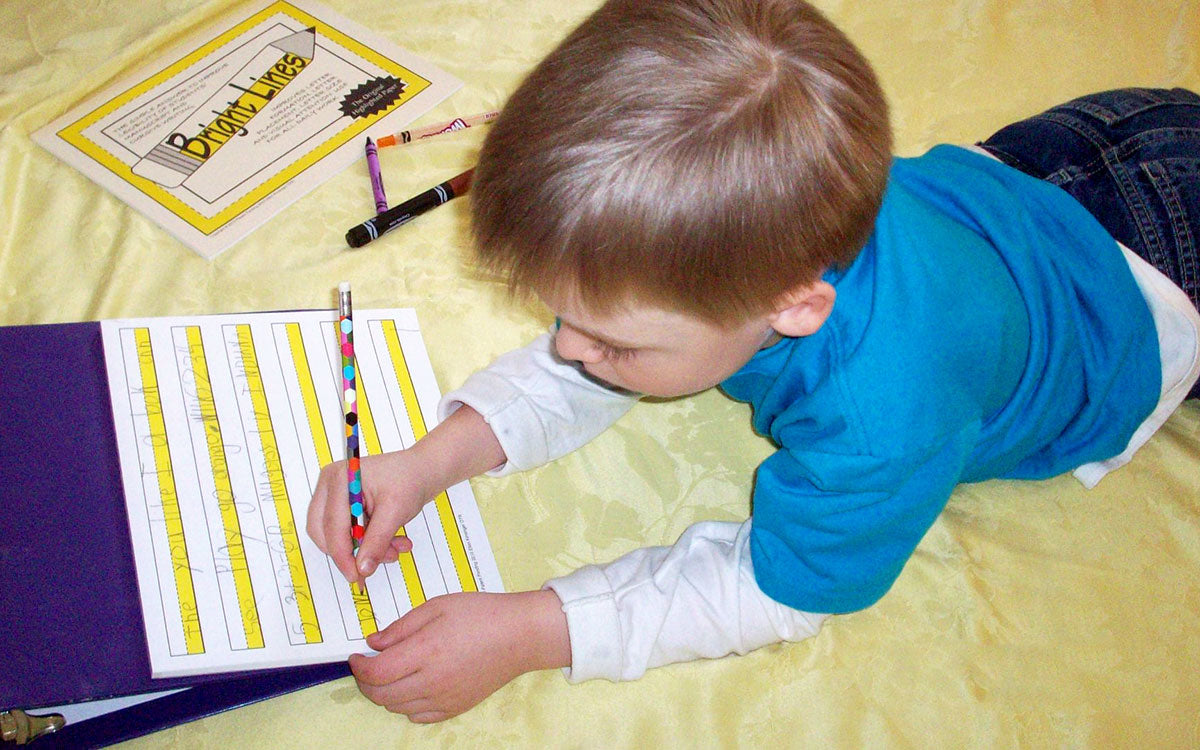
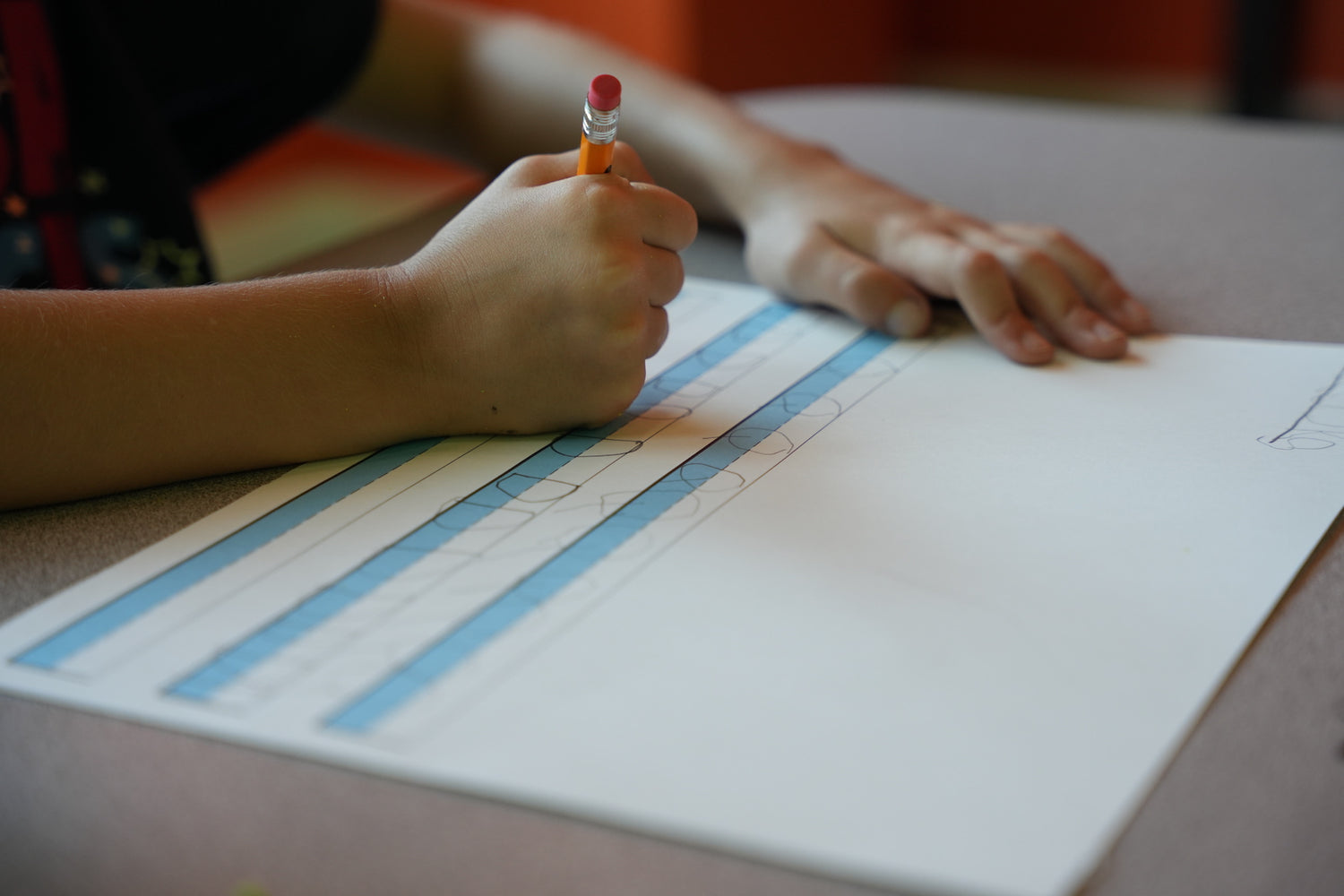
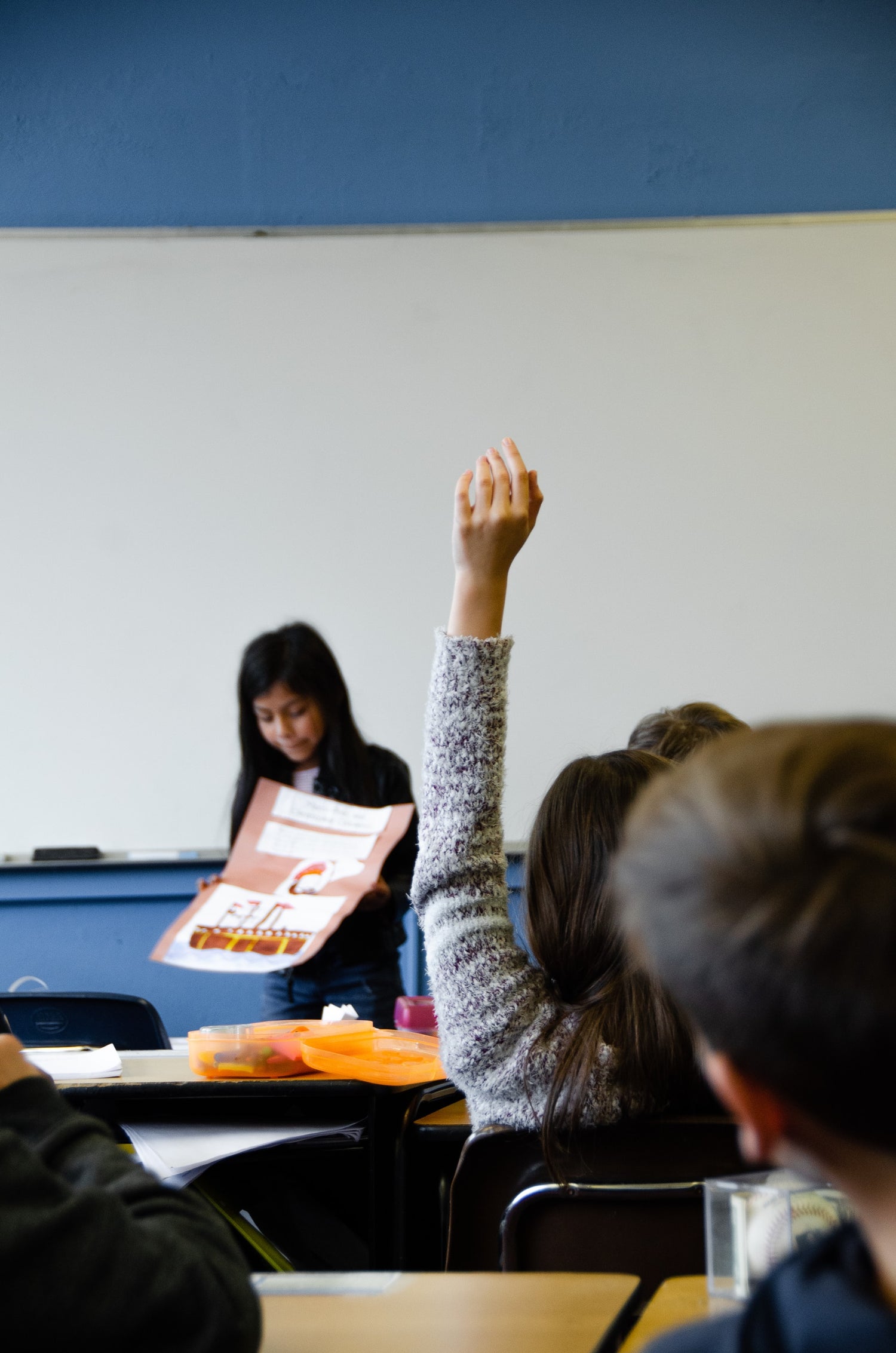
Who can benefit from the paper?
Actually, anyone!
BrightLines Paper will help a beginning writer learn the basic writing concepts of top to bottom, left to right, and tall and short letters. Since it was developed in three 3 sizes, it can accommodate the young printer to the older student or adult learning manuscript or cursive writing.
The paper was initially designed for students with learning difficulties, but has grown in popularity amongst all students, and all ages.
Our Blue line paper has also been helpful for individuals with low vision, visual perception and attention challenges.
Educators are now using the paper for their entire classroom during journaling activities, and therapists are using the adaptive paper in their clinics.




